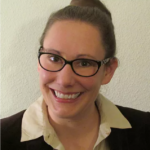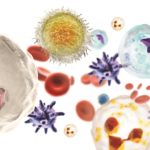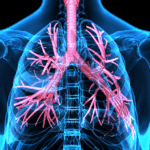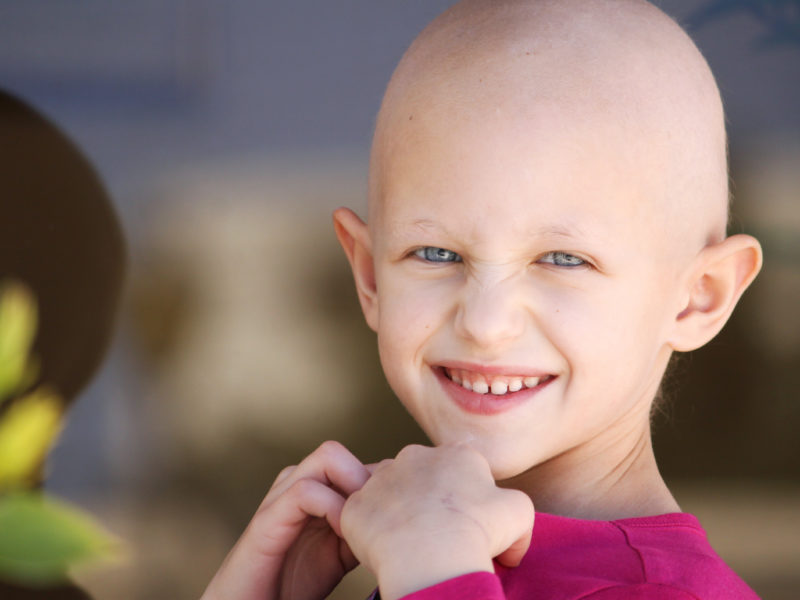A Novel FUS/ETV4 Fusion and Other Rare FET/ETS Fusion Proteins Are Bona Fide Ewing Sarcoma
A Novel FUS/ETV4 Fusion and Other Rare FET/ETS Fusion Proteins Are Bona Fide Ewing Sarcoma https://pediatricsnationwide.org/wp-content/uploads/2021/02/AdobeStock_134232290-DNA-header-1024x575.gif 1024 575 Jessica Nye, PhD Jessica Nye, PhD https://pediatricsnationwide.org/wp-content/uploads/2021/09/JNye_glasses.png
Researchers conduct a molecular comparison between the established EWS/FLI translocation with rarer FET/ETS fusions, broadly supporting the inclusion of FET/ETS chimeric proteins in Ewing Sarcoma diagnosis and treatment.
Ewing sarcoma, most commonly caused by a chromosomal translocation of the amino-terminal domain of EWSR1 with the transcription factor FLI (EWS/FLI), presents as an aggressive pediatric cancer of the bone and soft tissues.
“All physicians [likely] know that EWS/FLI is associated with Ewing sarcoma” says Megann Boone, PhD, researcher and lead author of a new study published in Molecular Cancer Research. “However, not all patients with Ewing sarcoma have the EWS/FLI fusion.”
Other translocations between a FET protein (EWSR1 and FUS) with an E26 Transformation-Specific (ETS) transcription factor family member (FET/ETS) have been observed among ~15% of patients. Due to the rarity, patients with these translocations may be at risk for misdiagnosis.
This study is the first molecular comparison between the established EWS/FLI translocation with rare FET/ETS fusions and more broadly supports the inclusion of FET/ETS chimeric proteins into standard Ewing sarcoma diagnosis and treatment protocols.
“In the case of rarer translocations, some hospitals may not be testing for them,” says Dr. Boone, who conducted the study as part of her work as a PhD student in the lab of Stephen Lessnick, PhD, director of the Center for Childhood Cancer and Blood Diseases at Nationwide Children’s. “Ewing sarcoma is a pretty aggressive cancer, so patients are typically treated with five chemotherapy drugs that are alternated every 2-3 weeks. They receive some of the highest chemotherapy doses out of all pediatric cancers, so a misdiagnosed patient wouldn’t be treated as aggressively, which may lead to negative, long-term outcomes.”
The study began when Starship Children’s Hospital in New Zealand contacted the team in the Center for Childhood Cancer and Blood Diseases at Nationwide Children’s. They had found a novel translocation in a patient they ultimately chose to treat as having Ewing sarcoma, says Dr. Boone.
The infant presented with a mediastinal mass occupying a significant area of the left thoracic cavity with intraspinal extension from T3 to T8. Commercial molecular testing indicated there was a FUS translocation from 16p11.2 to ETV4 at 17q21 causing an in-frame fusion between FUS exons 1-9 to ETV4 exons 10-13 (FUS/ETV4). This particular chimeric protein had never been linked with Ewing sarcoma.
Dr. Boone and colleagues sought to understand whether this novel translocation and other rare Ewing sarcoma FET/ETS fusions are functioning in a similar manner molecularly as EWS/FLI. With generated FUS/ETV4 and EWS/ETV4 models, these chimeric proteins were observed to bind over 12,000 and 17,000 loci, respectively; more than 10,000 (80%) of which were the same loci. Beyond genomic localization, the ETV4 fusions were found to transcriptionally regulate 87% of the same genes.
Compared with the traditional model of Ewing sarcoma (EWS/FLI), the ETV4 fusions regulated many established EWS/FLI targets. These observations indicated that the ETV4 fusions are capable of binding and regulating the function of genes involved with oncogenesis, including GGAA-microsatellites and high-affinity ETS binding sites.
In an assay that compared genomic localization and transcriptional regulation among all the chimeric proteins (EWS/ETV4, EWS/ERG, EWS/FEV, EWS/FLI, FUS/ETV4, FUS/ERG, and FUS/FEV), they were collectively observed to bind ~6,000 of the same loci and regulate ~2,600 of the same genes (P <2.2´10–16).
All together, these data support rare FET/ETS fusions as bona fide Ewing sarcoma translocations.
“We see that these fusions do exhibit similar biological function ¾ they’re binding in similar places in the genome and regulating similar genes,” concludes Dr. Boone.
“Moving forward, what is really important for these rarer cancer types is collaboration. We wouldn’t have heard of this translocation if the team from New Zealand hadn’t contacted us. Increased collaboration is going to help physicians and researchers move the fields forward, which will ultimately benefit patients.”
Reference:
Boone MA, Taslim C, Crow JC, Selich-Anderson J, Watson M, Heppner P, Hamill J, Wood AC, Lessnick SL, Winstanley M. Identification of a novel FUS/ETV4 fusion and comparative analysis with other Ewing sarcoma fusion proteins. Molecular Cancer Research. 2021 Aug 31;molcanres.MCR-21-0354-E.2021.
Image credit: Adobe Stock
About the author
Jessica Nye, PhD, is a freelance science and medical writer based in Barcelona, Spain. She completed her BS in biology and chemistry and MS in evolutionary biology at Florida State University. Dr. Nye studied population genetics for her doctorate in biomedicine at University of Pompeu Fabra. She conducted her postdoctoral research on the inheritance of complex traits at the Autonomous University of Barcelona.
- Jessica Nye, PhDhttps://pediatricsnationwide.org/author/jessica-nye-phd/
- Jessica Nye, PhDhttps://pediatricsnationwide.org/author/jessica-nye-phd/
- Jessica Nye, PhDhttps://pediatricsnationwide.org/author/jessica-nye-phd/
- Jessica Nye, PhDhttps://pediatricsnationwide.org/author/jessica-nye-phd/










